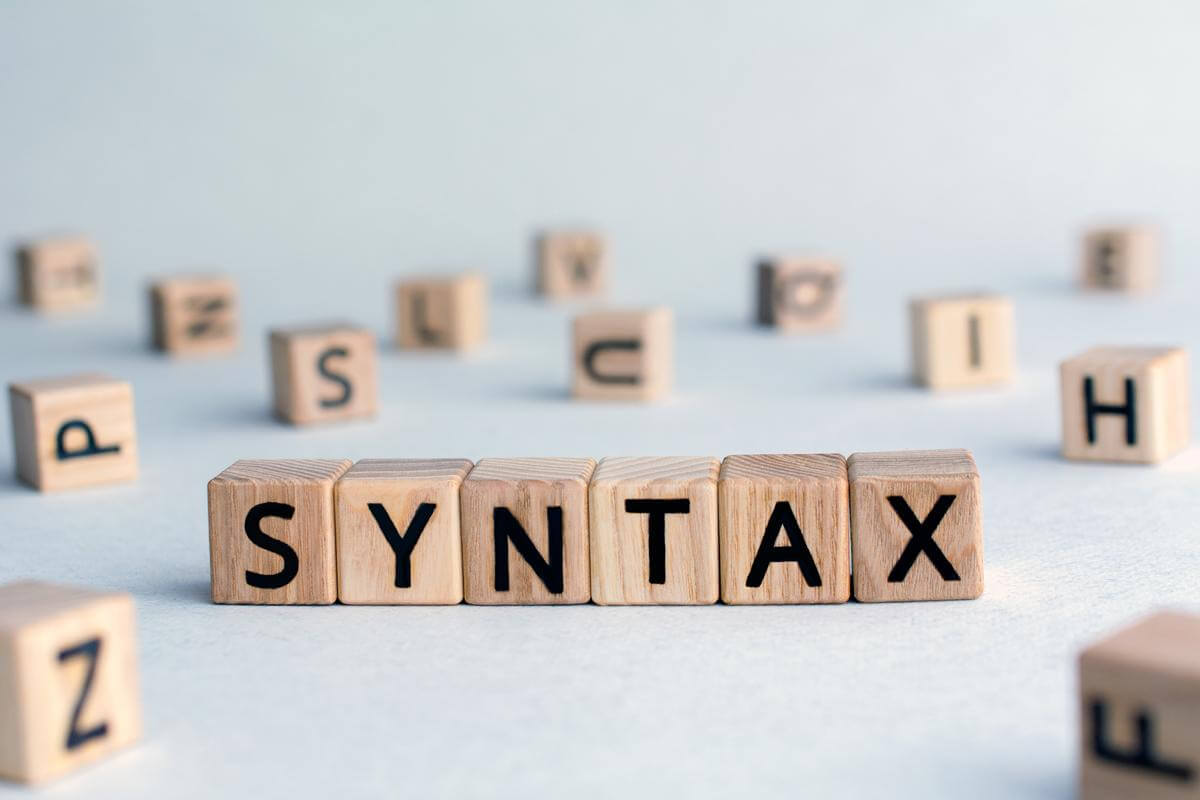
Language is one of the most fundamental aspects of human existence. It allows us to communicate, express ourselves, and form intricate thoughts and ideas. As such, linguistics, the scientific study of language, has become an important field of study, given the manifold ways that language can shape our lives. The discipline is specific to each language and provides insights into the complexities of human linguistic behaviour, aiding our understanding of grammar, meaning, and the cognitive aspects of language.
Sub-Disciplines Of Linguistics
Linguistics is a vast field that operates across several sub-disciplines and methodologies. Broadly speaking, the discipline is divided into several areas of focus, which depend on the units of language being studied and the approaches taken. In this blog post, i will explore how linguists study language, specific to the following sub-disciplines: phonetics and phonology, morphology, syntax, semantics, pragmatics, discourse analysis, historical linguistics, and psycholinguistics.

Phonetics And Phonology
Phonetics is the study of sounds used in speech production, while phonology is the study of sound systems and how they interact to form words and sentences. In phonetics, linguists are interested in the physical properties of speech sounds (i. E. How and where they are produced in the mouth and vocal cords), while in phonology, they study sound patterns.
Linguists in these sub-disciplines use various techniques to investigate how people use sounds in speech. This may include making recordings of speakers and analyzing the sounds they produce, using software tools to analyze and visualize sound waveforms, or running experiments to see how speakers process sounds in different contexts. By studying the sounds of language, linguists can better understand how they are used to convey meaning and how they have changed over time.
Morphology
Morphology is the study of the structure of words and how they are formed. Morphemes are the smallest units of meaning in a language, and in morphology, linguists investigate how these units interact to form words. They also examine the way words are modified through the addition, subtraction, or alteration of morphemes.
Linguists studying morphology may use techniques such as analyzing the structure of words and looking at how they change when they are combined with other words or when they are inflected for tense, number or gender. By understanding the morphological structure of words, linguists can better understand how meaning is conveyed, including the formation of complex words such as “anti-disestablishmentarianism”.

Syntax
Syntax is the study of the structure of sentences and how words are combined to form them. In syntax, linguists investigate how language users combine words to create phrases, clauses, and sentences. With this knowledge, they can study how language users produce sentences that convey different meanings.
To study syntax, linguists may analyze naturally occurring conversations, experimental data, or written language samples. By doing so, they can investigate the rules and conventions that speakers use to produce sentences and express thoughts. They may also use software tools to analyze language data and test hypotheses about sentence structure.
Semantics
Semantics is the study of meaning in language. Linguists in this sub-discipline are interested in how language users convey meaning through words and phrases. They investigate how meanings are assigned to words and sentences and how context influences these meanings.
To study semantics, linguists may ask participants to perform tasks such as word association or produce sentences in different contexts. They may also analyze large corpora of text data to study how words are used in different contexts and how their meanings change over time. By understanding semantics, linguists can better understand how language users convey meaning, and how meaning can be ambiguous or context-dependent.

Pragmatics
Pragmatics is the study of how people use language in context to achieve their communicative goals. This sub-discipline deals with language beyond the level of words, including non-verbal communication and social cues. Language users often use indirect or oblique language to communicate their intended meaning, and pragmatics studies how these nuances of language work.
To study pragmatics, linguists may analyze naturally occurring conversations or experimental data to investigate how language users interact in different contexts. They may also conduct research into speech acts, such as requests, commands, and apologies, to understand how meaning is conveyed beyond the words being spoken. By understanding pragmatics, linguists can better understand how language is used to achieve social goals, including building relationships, making requests, and engaging in persuasion.
Discourse Analysis
Discourse analysis is the study of language use in extended texts, such as conversations, speeches, and written texts. In discourse analysis, linguists investigate how meaning is created across several sentences and how they are organized into larger text structures.
Linguists in this sub-discipline may use techniques such as transcribing and analyzing recordings of conversations, examining written texts, or conducting experimental research into the processing of discourse. By understanding how language is used in extended texts, linguists can better understand how speakers convey meaning over longer periods and how the structure of texts may influence the way that readers and listeners interpret them.

Historical Linguistics
Historical linguistics is the study of how languages change over time and how they are related to one another. In this sub-discipline, linguists investigate the ways in which languages evolve and develop over time. They also seek to understand the processes that give rise to new languages.
Linguists in this area may use techniques such as the comparative method to investigate similarities and differences between languages and uncover their shared ancestors. They may also analyze texts in ancient languages or use computer simulations to model the evolution of languages. By understanding historical linguistics, linguists can better understand the origins of languages and the processes that shape linguistic diversity.
Psycholinguistics
Psycholinguistics is the study of the psychological processes involved in language use. In this sub-discipline, linguists investigate how language is processed in the brain and how it is related to other cognitive processes, such as memory and attention.
Linguists in this sub-discipline may use techniques such as neuroimaging or behavioural experiments to investigate how language users understand and produce language. They may also analyze language use in individuals with language impairments, such as aphasia or dyslexia, to understand how language processing is affected by brain damage. By understanding psycholinguistics, linguists can gain insights into the nature of language processing and its relationship to other cognitive processes.
Linguistics is a diverse and complex field that includes many sub-disciplines. Each sub-discipline has its specific focus and methodology, but together, they provide a comprehensive understanding of how language works. Whether examining the physical properties of speech sounds or the complex structures of sentences, linguists are united in their goal of understanding the complexities of human language. By using a variety of techniques and methodologies, linguists are able to uncover new insights into language and its role in shaping the human experience. Additionally, all grammar mistakes in the article have been corrected.
